Cycling is one of the best ways to intelligently lean down. Although running is a more efficient way to burn calories the long-term impact on your body and a slower recovery makes it a second choice.
The way to take weight off (and keep it off) is to be in a consistent calorie deficit--day after day and week after week. Biking aligns to consistency because it is repeatable and fairly gentle. If you keep your mileage reasonable and your diet in balance, your body can tolerate a small calorie reduction for a long period of time.
Losing weight is a dynamic balance amongst hormone levels, stress, exercise, and diet. Staying in this zone for a prolonged period is the secret to weight loss. In my experience, biking is the equipment needed to persistently keep this balance.
With that said, there are dangers in focusing exclusively on long-distance biking. This article will explain how to stay in the zone and mitigate this danger.
Eat a Balanced Diet
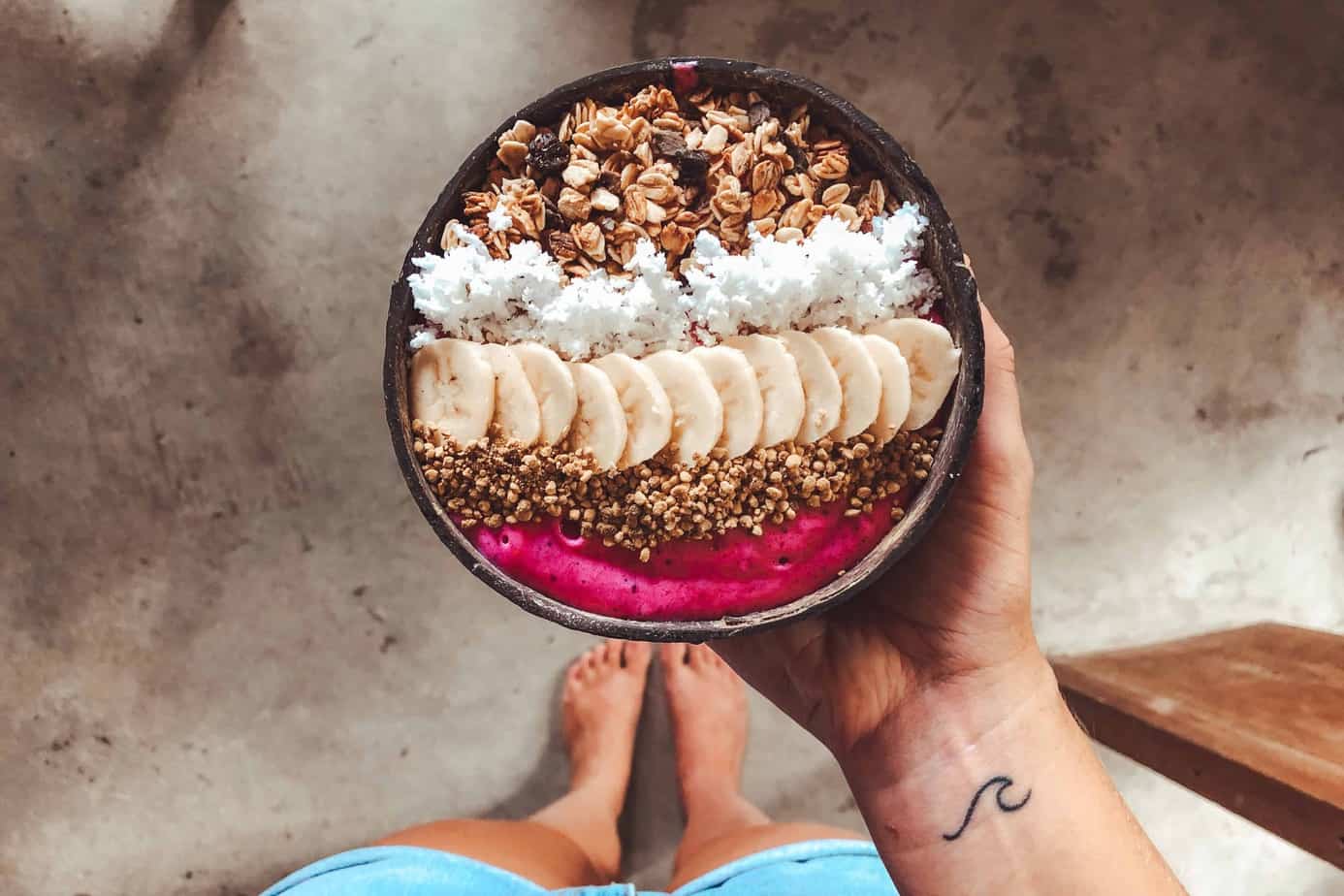
Losing weight isn’t our primary objective when reshaping our bodies. Lean muscle mass is very difficult to build so let’s be careful not to lose what took a lifetime to build. The real enemy is fat. So with that in mind it’s important that we structure our diet in a balanced way.
Starting the keto diet is another effective way for you to lose weight. Plus, keto backpacking meals are well-known for being lightweight, suitable for your trip outdoors. Check out this comprehensive guide about the top ketogenic backpacking food which reviewed the best keto backpacking meals you can find in the market."
When riding we can easily burn 600-700 calories per hour. We can quickly find ourselves in a significant calorie deficit, and our body will start to tear down more than just fat cells to keep itself fed.
Emphasizing protein can make a significant difference in body recomposition. Protein helps satiate hunger and has a lower net calorie per gram ratio than the other macros (fat and carbs). I like to keep my macros 40 protein /40 carb /20 fat percent split when in a calorie deficit.
The other benefit of a balanced diet is that it helps with recovery. Remember it’s not just what you do today, but what you do everyday that leads to sustained weight loss.
Exercise Your Upper Body
If you’ve seen a professional biker, two things will stand out. Their legs are incredibly powerful/vascular and their upper bodies are non-existent. That makes all the sense in the world when you live on a bike. You want to eliminate every ounce of unneeded weight from both your bike and your body; therefore, upper bodies atrophy.
Your goal isn’t to win the ‘tour de france’ you are trying to feel comfortable at the beach with your shirt off. This will require you to keep exercising your upper body to failure or near-failure 2-3 times per week. I’ve always lifted weights so I’ve continued to bench to failure Monday and Fridays, but I’ve seen equal results from bikers that do push-ups / pull-ups to failure 3 times per week--3 sets each.
High Intensity vs Low Intensity, Which Is Better?
How about both. It’s important to keep your body guessing. If you do the same thing everyday your body gets very efficient (i.e. burns less calories). If you mix it up, your body will stay at a higher burn rate and it will also keep you interested longer.
You don’t have to go hard to get results. On long rides you will burn through blood sugar, and then start to tap into your fat cells about 45 minutes into the ride. Some of my rides are 3 hour plus and make a sizable dent in fat stores.
The short duration, high energy rides also serve a purpose. When you are doing hills or just all-out bursts for short sprints, it has a biological effect. Most of the benefit comes from after the ride when your body is still enjoying the after-effects of higher metabolism for up to 8 hours after your ride.
Mix it up by day, and keep yourself challenged.
The Tape is the Measure, Not the Scale
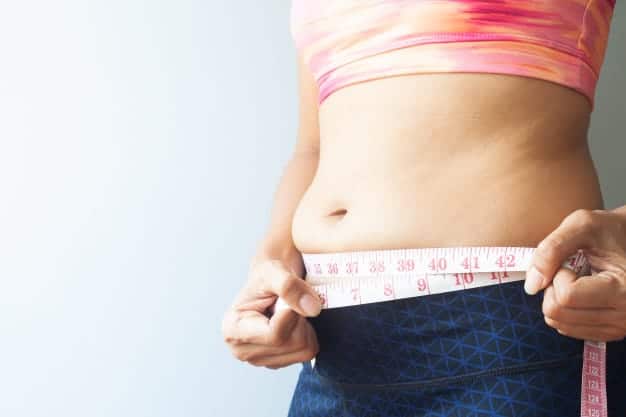
Body weight is often determined by the amount of water your body is retaining so a scale can end up being your enemy.
When we are going through a body recomposition the most important factor is reducing fat that we are carrying around our waist line and hips. That is best measured by measuring the circumference at your navel and hips. I also like to measure around my upper arms and thighs. Consistently tracking these parts of my body, where I typically store fat, gives me a very good gauge on whether or not my diet exercise routine is being effective.
Focus too intently on the scale, and it often ends up caring dehydration risk. That will significantly impact recoverability.
1.Will cycling make your thighs slimmer?
2.Can cycling help you lose belly fat?
Two questions, same answer. Keep in mind that spot reducing fat is impossible. The reason men focus on their belly and women their thighs is because that is often that last place our bodies will release fat.
I’m sure many of you have gone through previous diets and saw significant fat loss in your face or upper body but slight reductions in these stubborn areas.
Biking or running or lifting will not change that. It’s only when you stay consistent long enough and burn down to that “athletic” body fat % that you will see significant reductions in these hard to change areas.
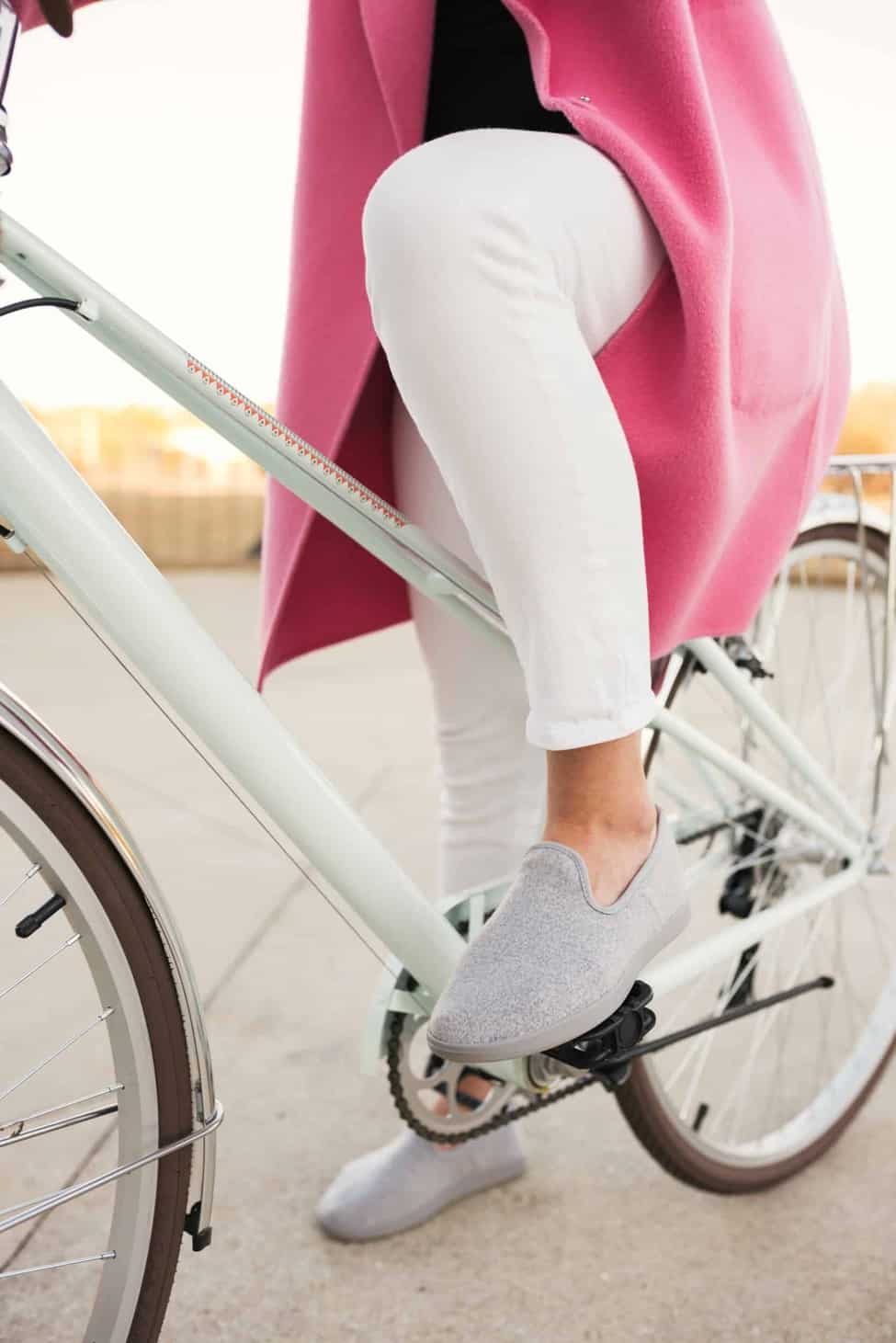
Don't drive yourself crazy
Eating right and staying in a calorie deficit while mixing up your exercise routine is all good advice. But remember this is a marathon and not a sprint. It is absolutely fine to have a cheat day or a cheat meal.
Many times on the Internet you’ll find the “silver bullet” programs. Where people are trying to sell just one way of eating. Keto is a very good example of that or the Paleo or the all meat diet or many of the fad diets that exist today.
Because people market these programs so hard and so convincingly everyone gets confused. Rest assured that if you have a good balance of macros and you do that very consistently having one bad day or one bad week will not set you back.
So give yourself some grace and make sure you don’t end up getting too discouraged and end up quitting the program just because of a bad streak. Reducing weight is mostly about what you do in a given month, not your bad decision to have Pop Tarts ® for breakfast yesterday.
The Right Gear Matters
If you are excited about your equipment and are physically comfortable, it will improve the probability of you sticking with this routine.
The Right Bike.
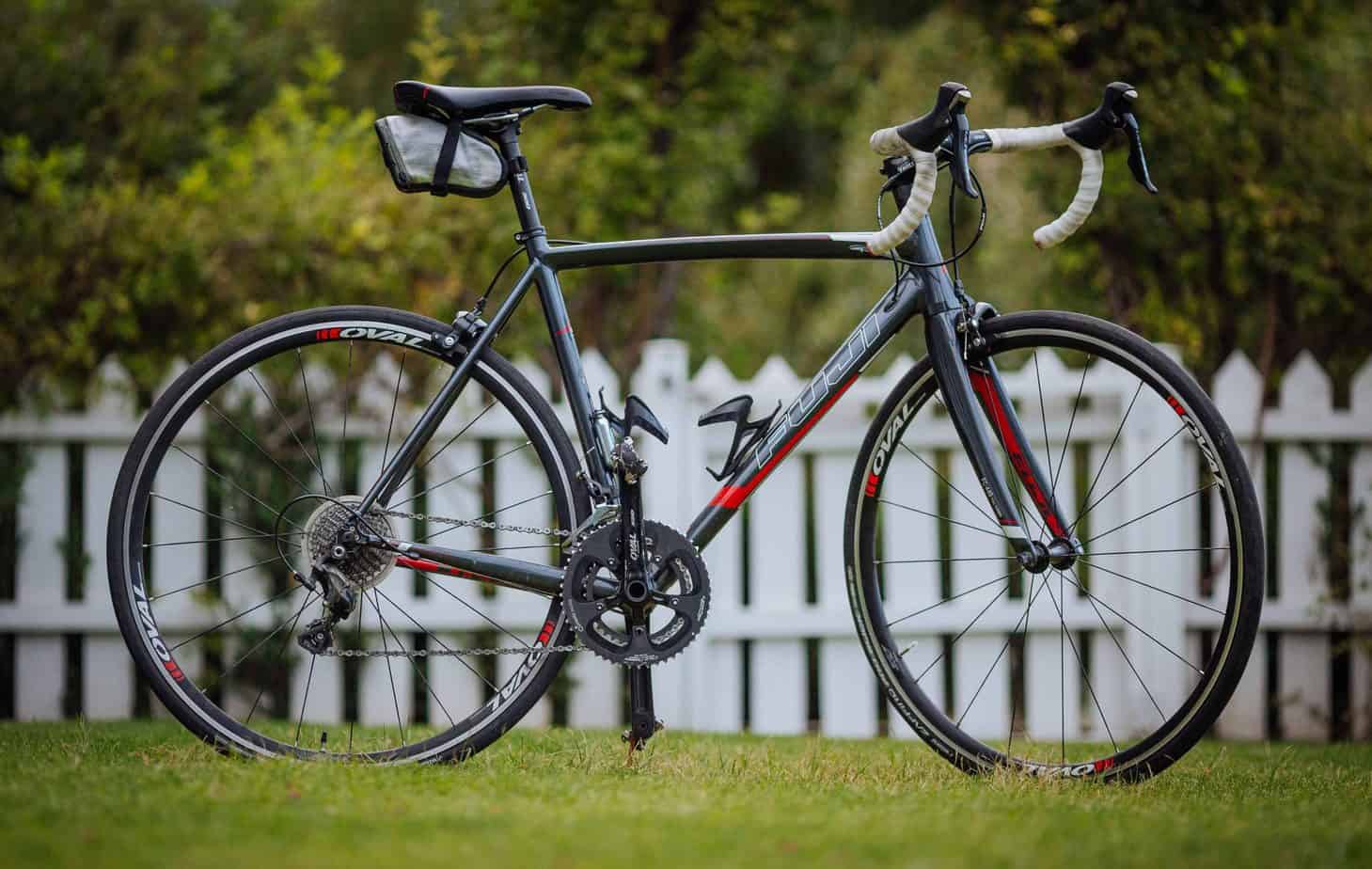
Our entire website was built around selecting the right bike. That starts with you figuring out what terrain you are most interested in (road, mountain, beach, city). Or maybe that means you want to stay inside. Next, you’ll want to select a bike that fits with how long you want to exercise for.
The Right Accessories.
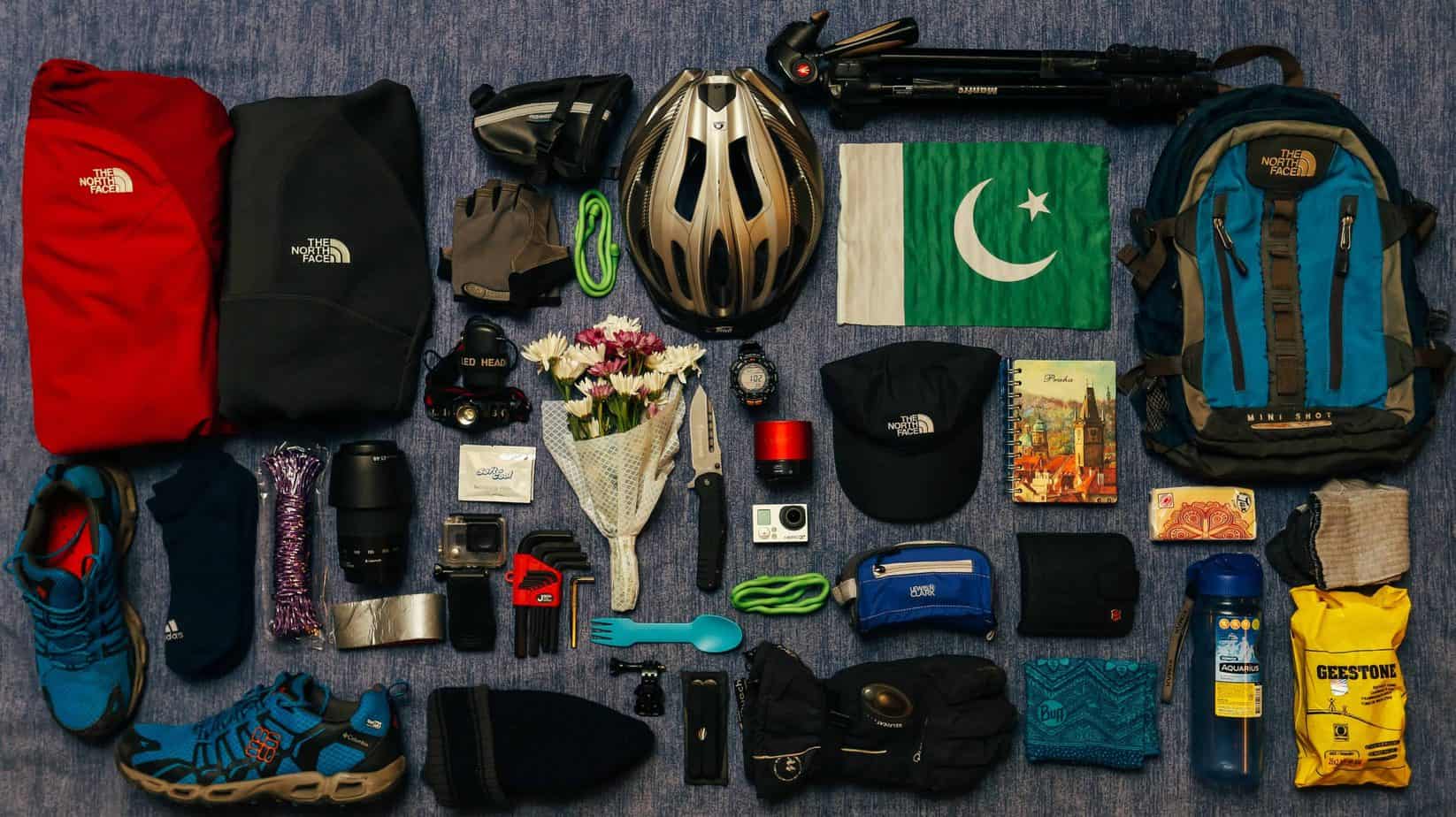
You will want to have the shorts and jerseys that are the most comfortable for you and your riding style.
Safety. Biking can be dangerous. Make sure your helmet fits securely and is comfortable. Make sure your bike is properly equipped with a phone mount and lights.
Cycling Shoes. You will want a good fit and a shoe that you can comfortably walk around in once you are off the bike.
Beyond the Rides—Stay Active
It’s really important to stay active all throughout the day. Some riders, after they go on a one or two hour ride, will feel very drained and then just go home and lay around all day. And oftentimes will overeat to restore their energy balance.
This type of behavior ends up having a negative affect. Your metabolic rate will come to a crashing halt if you’re sitting around all day. The trick here will be to get in a good ride, but don’t overdo it, and keep your body moving the rest of the day.
You also just need to keep your body filled with the right nutrients. We talked about the macronutrients above, but micronutrients are also really important. Often it makes sense to go to your doctor and have a blood screening done and evaluate if you have any micro nutrient deficiencies. If so a doctor often recommend mostly over-the-counter vitamins or supplements to address.
The right macro and micro nutrient balance is your best defense against shameless food binging, and will help keep energy high.
Some Additional FAQ on the Benefits of Biking

How Long Do I Need to Ride to Lose Weight?
That is only part of the weight loss equation. But’s assume you already knew that, and you are eating right and at maintenance. My suggestions would be to go Four rides per week. Two rides at a steady pace for at least 2 hours, and two rides using sprinter intervals with at least 7 sprints in each ride lasting 30-60 seconds.
How Many Calories Do I Burn in One Hour of Cycling?
Average male will burn 650 calories per hour. Average female 450-500.
Is a Stationary Bike or Outdoor Road Bike Better for Weight Loss?
Stationary is much safer. Much less can go wrong when you are in your home by yourself. However, biking outside has always worked much better for me. The hills dictate intensity, not me having to remind myself to tighten the resistance on the indoor bike.
Also the wind and other elements provide a friction that doesn’t exist on the inside. I always like to compete with other bikers on the trails. A little bit of ego will help keep your heart and legs pumping faster
However, a lot of those advantages are overcome with some of the indoor technology in the marketplace now. The Peloton bike or the NordicTrack indoor trainer have instructor led classes that keep intensity high.
The right bike and the right motivation will be the deciding points here.
Can Biking Tone Your Legs?
Yes, it certainly can. Especially if you focus on intense hills and sprints. Your legs will react with lean muscle add as you stress these muscles. With the overall fat reductions from exercising more, you should start to see your legs tone up quickly.
